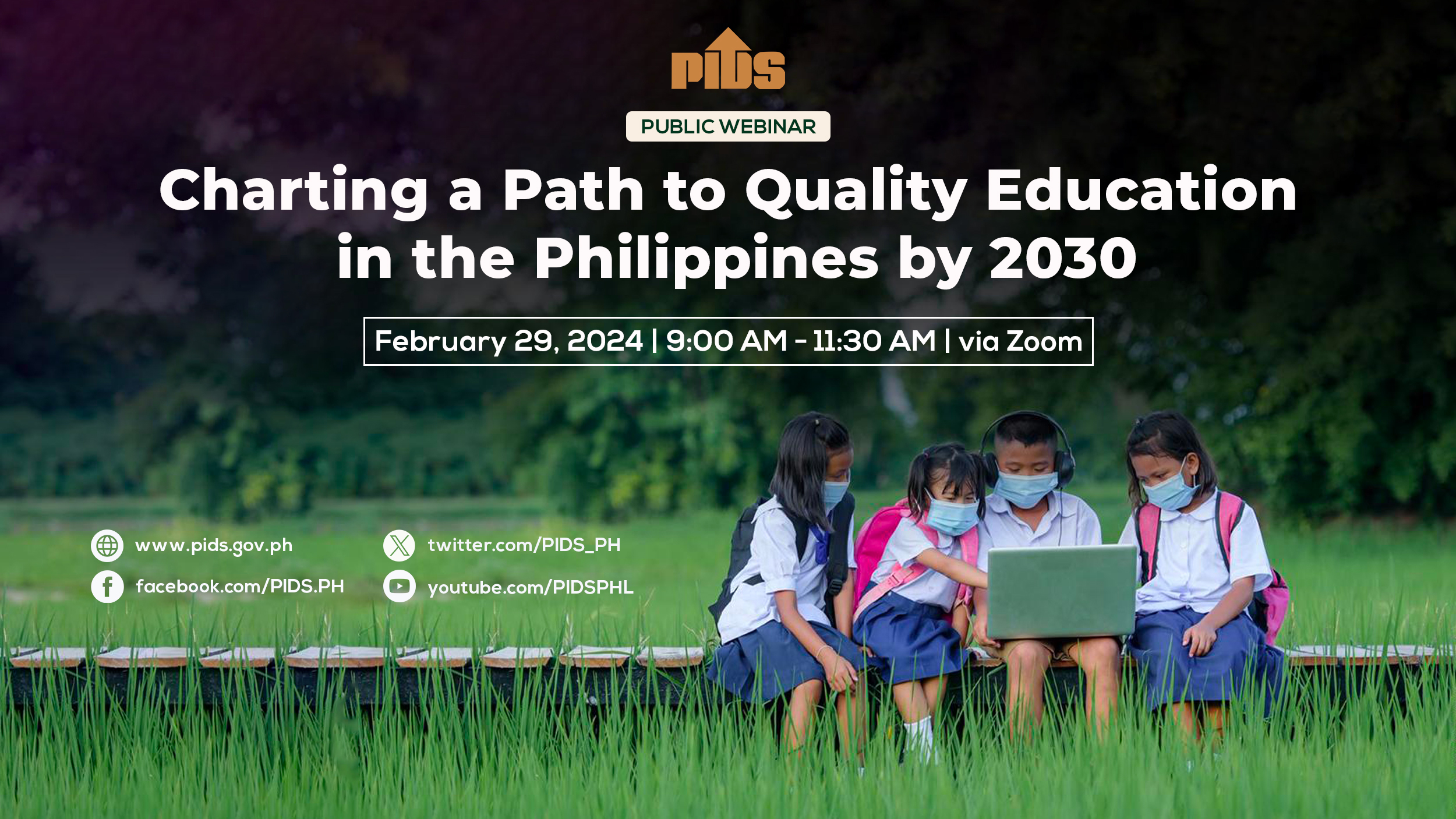Earning a high-school diploma and a college degree are key factors in preventing Filipinos from entering poverty or experiencing intergenerational poverty in both rural and urban areas, according to a study released by state-owned think tank Philippine Institute for Development Studies (PIDS). In a study, titled “Growth and Redistribution: Is there ‘Trickle Down’ Effect in the Philippines?”, PIDS Supervising Research Specialist Danileen Kristel C. Parel said obtaining a secondary education reduces the probability of a person to experience chronic poverty in rural and urban areas. Parel added that tertiary education, on the other hand, has a more encompassing impact as it decreases the probability of experiencing chronic poverty. “Government investment on providing secondary education, especially in rural areas, is crucial in preventing households from falling into poverty. However, to be able to improve the overall poverty situation, investment on tertiary-level education is extremely critical,” Parel said. Data showed that secondary education increases the probability of escaping poverty by 70 percent relative to being chronically poor, compared to only 20 percent in urban areas. Parel said this means the impact of secondary education on transient poverty is more pronounced in rural than urban areas. It also decreases the likelihood of entering into poverty in rural areas, while it is not significant in urban areas. Tertiary-level education, meanwhile, increases the probability of escaping poverty relative to being chronically poor by 272 percent in rural areas and 720 percent in urban areas. Parel said this means the impact of tertiary education is more significant in urban than in rural areas. “By improving infrastructure services and providing basic education to poor communities, poverty reduction can be better achieved. Providing basic education has been the top priority of the current administration of President Benigno Simeon Aquino III, which is a step in the right direction,” Parel said.
PIDS: Education remains key factor against chronic poverty












